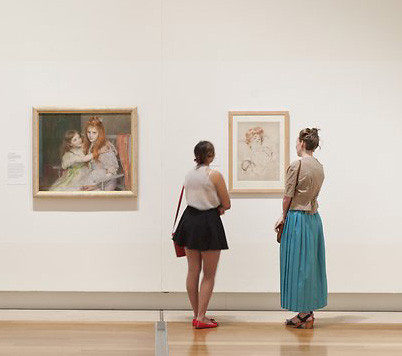 Pieter Brueghell, The tax collector, 1620/1640
Pieter Brueghell, The tax collector, 1620/1640
To depreciate or not to depreciate, that is the question
The taxpayer has the option of claiming annually a depreciation expense on the works of art that he has acquired, provided certain requirements are met. A person who sells a work of art must, if its value has increased, be taxed on the capital gain, i.e. the difference between the price paid and the selling price (only 50% of the gain is taxable). In addition, he must add to his business income the recovery of the depreciation claimed in the course of time, unless he possesses other works of art or a new work is acquired within a period of two years; This is called the choice of replacement property.
"Unless he possesses other works of art." What does that mean? "The works of art are all grouped into the same category of fixed assets; There is no separate category for each of the works. Thus, even if a taxpayer realizes a capital gain by selling a fully depreciated work of art, the artwork will not necessarily be subject to the recovery of depreciation, since all works of art are grouped within one same category ". Therefore, if he has other assets with a sufficient undepreciated cost in the same category, only the balance of the undepreciated capital cost will be reduced.
There are two schools of thought regarding depreciation or amortization. First, take advantage of the tax benefit of depreciation each year and pay more tax later at the time of resale, or do not take amortization and pay less tax on resale. "One of the goals of most tax specialists is to delay taxation as long as possible; and by claiming an amortization expense this makes it possible to achieve this objective ".
Finally, if you donate a work of art to charity, it will be treated the same way as if you had made a cash donation. If the value of the work is less than $ 1,000.00, the assessment made by a competent employee of the donor will be accepted. On the other hand, if the value of the work Is more than $ 1,000.00, an appraisal must be done by a recognized independent expert.

767, Paul-Desruisseaux
Sherbrooke (Québec) J1J 4L9
Tel.: (819) 564-1432
Fax. : (819) 564-7398
This email address is being protected from spambots. You need JavaScript enabled to view it.



